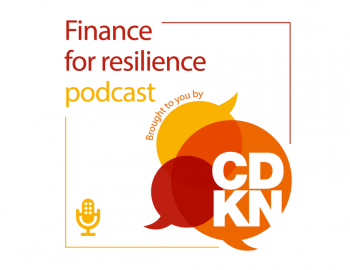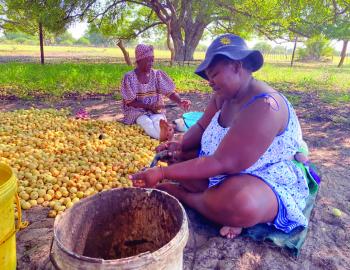Identifying opportunities for climate-smart agriculture investments in Africa
Identifying opportunities for climate-smart agriculture investments in Africa
It is clear that, in the face of climate change, the agriculture sector in Africa is being called on to increase food production to meet the food demand for a growing population. A number of countries have prepared National Agriculture and Food Security Investment Plans (NAFSIPs) to integrate the scaling up of practices that augment development, food security, and climate change adaptation and mitigation. This paper proposes a methodology to examine the potential of existing NAFSIPs to generate climate change benefits. A rapid screening methodology is presented and applied to NAFSIPs of Benin, Ethiopia, Gambia, Ghana, Kenya, Liberia, Malawi, Niger, Nigeria, Rwanda, Senegal, Sierra Leone, Togo and Uganda, all of which include agricultural development programmes that benefit adaptation to both slow-onset climatic change and extreme events, and climate change mitigation.NAFSIPs are built around four mutually reinforcing pillars:
- extending the area under sustainable land management and reliable water control systems
- improving rural infrastructure and trade-related capacities for market access
- increasing food supply, reducing hunger, and improving responses to food emergency crises
- improving agriculture research, technology dissemination and adoption.
The study finds that:
- of NAFSIPs reviewed, about 60 per cent of their planned activities are expected to generate climate benefits in terms of slow-onset climate change, 18 per cent in terms of adaptation to extreme events and 19 per cent in terms of climate change mitigation
- all NAFSIPs show potential benefits for adaptation to extreme events
- 11 of the 14 countries screened have NAPAs
- all NAFSIPs have potential benefits for mitigation of climate change
- many NAFSIPs contain programmes that support agricultural sector commercialisation through directly involving smallholders or support to agriculture value chains.
The publication suggests that the way forward is to consolidate and integrate the findings by providing country-specific inputs such as:
- analysing the most promising climate-smart agricultural investment options based on the NAFSIPs and estimating their cost-effectiveness also considering the expected climate benefits
- outlining investments needed to transform ongoing and planned programmes, activities and projects into proper climate-smart interventions, also identifying the corresponding financing sources
- analysing the profitability of the investments in order to determine the type of finance required
- exploring existing agricultural financing vehicles and institutional settings and examining options to link, blend and leverage existing financing instruments in agriculture with innovative climate financing mechanisms which would be suitable for NAFSIPs
- designing result-based monitoring and accounting procedures and national registries related to identified financing options.



